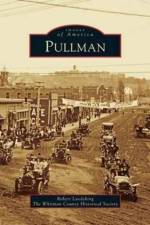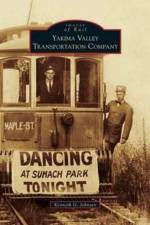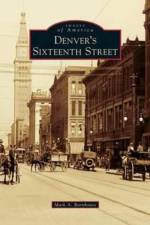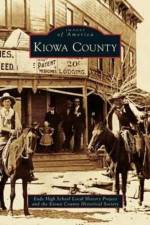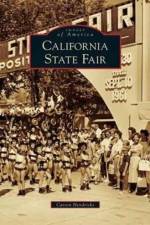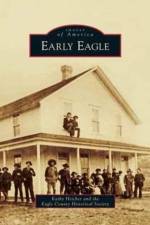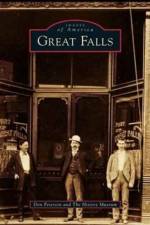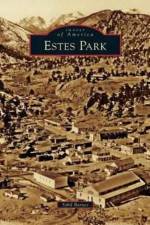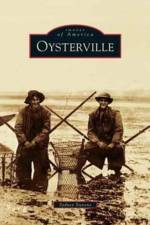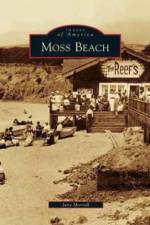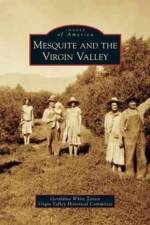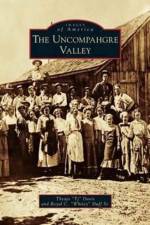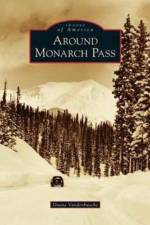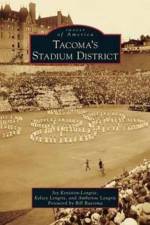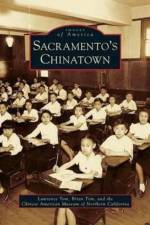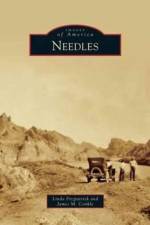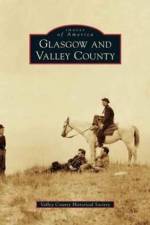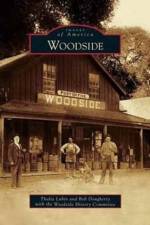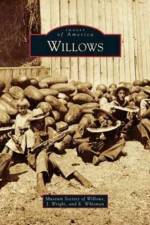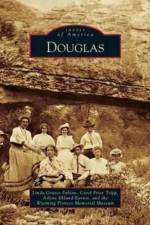von Linda Graves Fabian, Arlene Ekland-Earnst & Carol Price Tripp
30,00 €
The town of Douglas is located in east-central Wyoming in a gentle valley, with the mountains of Medicine Bow National Forest on one side and the beautiful Wyoming plains on the other. Established in 1887 by the Fremont, Elkhorn, and Missouri Valley Railroad, the town was named by representatives from the railroad's Chicago headquarters after the great orator and Illinois senator Stephen Douglas. Douglas, probably known best for his part in the Lincoln-Douglas Debates, was an enthusiastic advocate of westward expansion. To many of the locals--and by official proclamation in 1985--Douglas is considered the "Home of the Jackalope," an animal well known in American folklore as being part antelope and part jackrabbit. Be it fact or fiction, the town has successfully marketed the Jackalope through festivals, souvenirs, and even hunting licenses. The area is rich in history, from military establishments, immigrant trails, ranching, and homesteading, to its beautiful scenery, such as the Ayres Natural Bridge, depicted on the cover.

